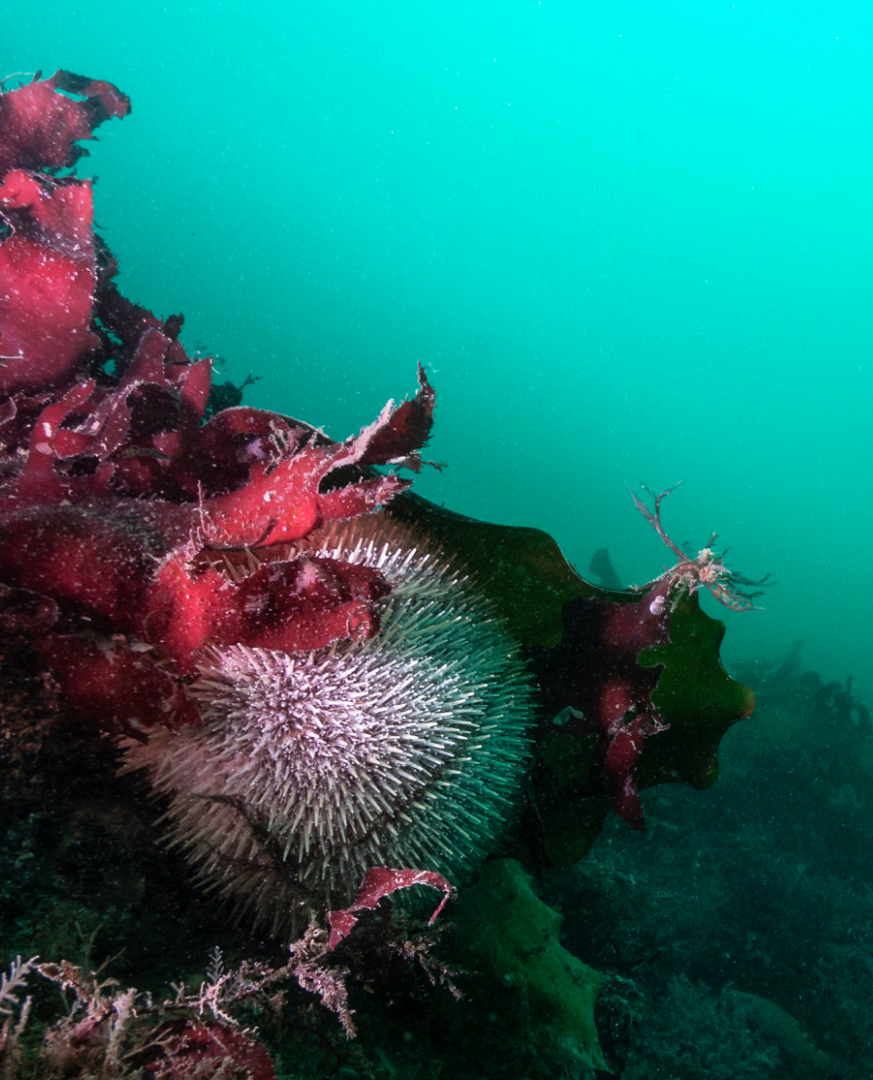For Ecosystem Based Fisheries Management to be implemented effectively, there must be a strong foundation of understanding of the ecological impact of fishing activities on marine species – both those targeted by fisheries, and those not targeted by fisheries.
In this report, our Ecological Effects Of Fisheries work theme sought to identify such unintentional impacts and establish pathways for potential management measures to mitigate against them. Alongside wider stakeholder scoping activities across the project, we worked with stakeholders to highlight key species and habitats of concerns across our Case Study regions, conducting systematic reviews to understand where further research may be needed.

While scoping revealed a degree of variation across Case Study regions, a number of items were reported frequently across the board: species interactions, Protected Endangered and Threatened (PET)/sensitive species, marine mammals, seabirds, bycatch, benthic habitats, turtles, litter, invasive species, and the environment. There was notable variation between topics of interest to SEAwise participants (scientists) and stakeholders. For example, in the Mediterranean, benthic habitats, food webs, and biodiversity were of high importance to SEAwise participants, yet of relatively low priority to stakeholders.
In all Case Study regions, specific input was sought on the impacts of fishing on PETs bycatch, benthic habitats, food webs, and biodiversity, as well as the impact from fisheries-related litter and ghost nets.
The most frequently cited terms from the stakeholder scoping formed the basis of a review of existing scientific knowledge. 549 papers were reviewed, revealing that the majority of studies were conducted within the Mediterranean Sea, while only a small number of papers reported on fishing impacts in the Baltic Sea. Most papers were related to fishing impacts on food webs, biodiversity, and benthic habitats, followed by PETs bycatch, while few papers referred to the impact of fisheries-related litter and ghost nets.
In terms of fishery types, the commercial fishing impacts of demersal trawls were widely studied, while hooks and lines were the most studied fishing activity for recreational fisheries.
Insights gathered from this report will help inform the focus of SEAwise’s future work: specifically, efforts to address identified knowledge gaps and integrate stakeholder priorities into future EBFM advice.
Access the full report, here.
Stay up to date with SEAwise news and research, hear about upcoming events, and receive updates on fisheries news from across the European seascape.